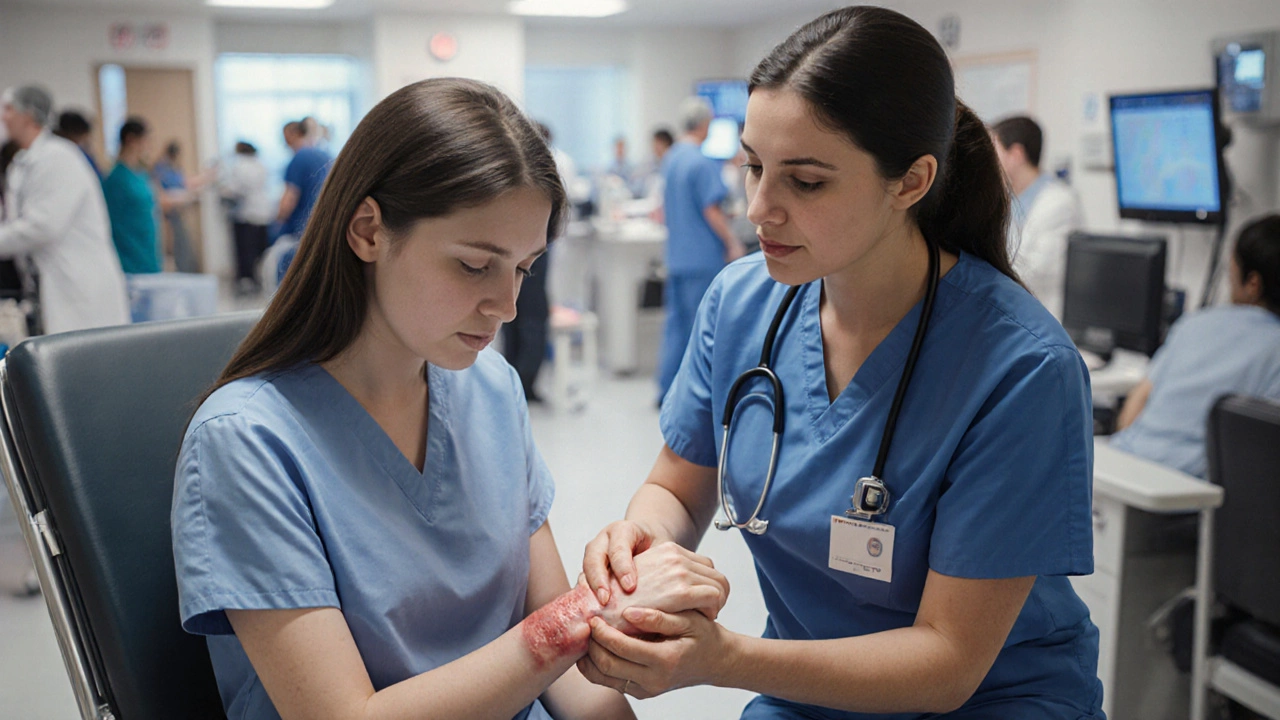Most Common Orthopedic Emergency – Quick Guide
When dealing with most common orthopedic emergency, a sudden injury that threatens bone or joint integrity and needs immediate attention. Also known as orthopedic trauma, it often involves a broken bone or a joint displacement that can lead to long‑term problems if not treated fast.
One of the biggest culprits is a fracture, which is a break in the continuity of bone. Fractures can be simple, where the bone stays aligned, or complex, with multiple fragments that may pierce the skin. Another frequent offender is a dislocation, where the ends of a bone are forced out of their normal joint position. Both injuries demand prompt immobilisation, pain control, and professional evaluation to avoid complications like malunion or nerve damage.
Why Speed Matters in Orthopedic Emergencies
Time is a critical factor because delayed care raises the risk of compartment syndrome, a dangerous rise in pressure inside muscle compartments that can kill tissue. Early recognition of swelling, severe pain out of proportion to the injury, and numbness can save a limb. Likewise, a timely splint or brace stops further movement, protecting surrounding ligaments and vessels.
Kids and older adults present unique challenges. Children’s bones are more flexible, so they often suffer greenstick fractures that need different handling than adult complete breaks. Seniors, on the other hand, have weaker bone density, making even a minor fall a potential hip fracture—a classic example of the most common orthopedic emergency in that age group. Understanding these nuances helps you act appropriately for each patient.
In the field, basic first‑aid steps are surprisingly effective. Apply a rigid support—like a board or a splint—keep the injured part still, and elevate if possible to reduce swelling. Use cold packs for pain, but avoid direct ice on open wounds. For dislocations, never try to force the joint back into place; instead, immobilise and seek emergency care. These actions create a stable environment for healthcare professionals to work with.
Modern medicine offers several tools that improve outcomes for these emergencies. Imaging techniques such as X‑ray, CT, and MRI quickly confirm the extent of injury. Surgical options range from internal fixation with plates and screws to minimally invasive arthroscopy for joint repairs. Rehabilitation protocols now incorporate early motion to speed recovery while still protecting the injury.
Below you’ll find a curated list of articles that dive deeper into each of these topics—from recognizing the signs of a fracture to detailed post‑operative rehab tips. Whether you’re a curious patient, a caregiver, or a first‑responder, the resources will give you practical knowledge to handle the most common orthopedic emergency with confidence.





